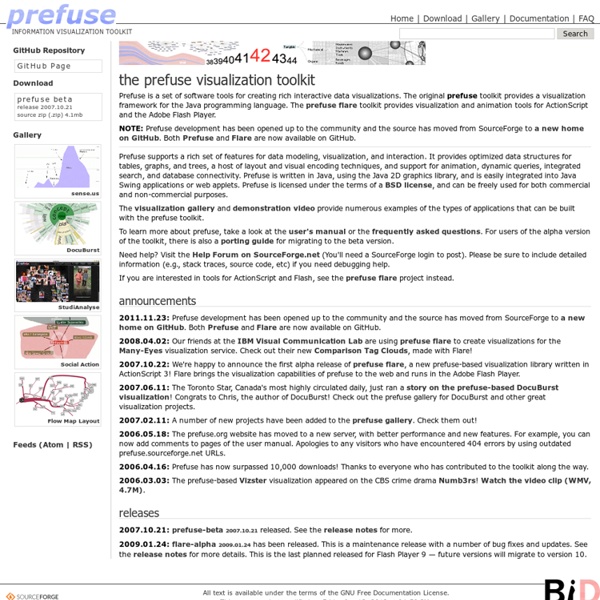Visual Thinking Evolution
A mind map is a diagram used to represent words, ideas, tasks, or other items linked to and arranged around a central key word or idea. Especially in British English, the terms spidergram and spidergraph are more common,[1] but they can cause confusion with the term spider diagram used in mathematics and logic. Mind maps are used to generate, visualize, structure, and classify ideas, and as an aid to studying and organizing information, solving problems, making decisions, and writing. The elements of a given mind map are arranged intuitively according to the importance of the concepts, and are classified into groupings, branches, or areas, with the goal of representing semantic or other connections between portions of information. Mind maps may also aid recall of existing memories. By presenting ideas in a radial, graphical, non-linear manner, mind maps encourage a brainstorming approach to planning and organizational tasks.
Gliffy Diagrams
Gliffy’s friendly editor, vast symbol libraries, and handy templates make it easy to communicate your thoughts and plans visually. You’re just minutes away from all the diagrams you need: Flow Charts SWOT Analysis UML Charts Venn Diagrams
Text-mining of PubMed abstracts by natural language processing to create a public knowledge base on molecular mechanisms of bacterial enteropathogens
Development strategy NetOwl® Extractor webcite from SRA International, a state-of-the-art information extraction (IE) engine, was used to extract entities and relations of interest to enteropathogen research. NetOwl®, originally published as REES, is well-suited to the task because it has been designed as a scalable, portable system for entity, relation, and event extraction [10].
Tools to make visual process models
Here’s a collection of process modeling tools that haven’t appeared on Mind-Mapping.Org before. As well as helping you make process diagrams, most offer simulation or analysis of processes, and some can make flowcharts and organization charts as well. They range in price from free (a very capable simulation tool supported by the National Science Foundation and Google) to nearly US$2,000. All Clear All Clear produces functional diagrams from text instead of the user manipulating the diagram directly.
List of concept- and mind-mapping software
Concept-mapping and mind-mapping software are used to create diagrams of relationships between concepts, ideas or other pieces of information. It has been suggested that the mind mapping technique can improve learning/study efficiency up to 15% over conventional note taking.[1] There are a number of software packages and websites that allow the creation of, or otherwise support mind maps. File format[edit]
Getting Started with Charts in R
So you want to make some charts in R, but you don't know where to begin. This straightforward tutorial should teach you the basics, and give you a good idea of what you want to do next. Install R I know, I know, the R homepage looks horrible, but just ignore that part.Of course, you need to actually have R installed and running on you computer before you do anything. You can download R for Windows, OS X, or Linux here. For Windows, download the base and the latest version.
Genetic Pathways to Glioblastoma
A Population-Based Study + Author Affiliations Abstract
15 common mind map elements
Jul 3rd, 2012 | By Chuck Frey | Category: Resources If you’re new to the world of mind mapping software, you may not realize all of the types of content you can include in a software-produced visual map. So I created a mind map to summarize what’s possible. Please click on the image above to load a much larger version of this map, with branches expanded to explain what each type of mind map content is, and how you can use it. I hope you find this to be useful to you!



